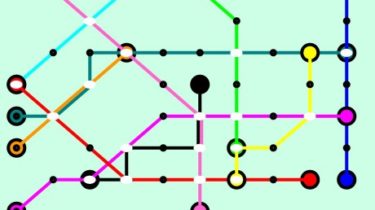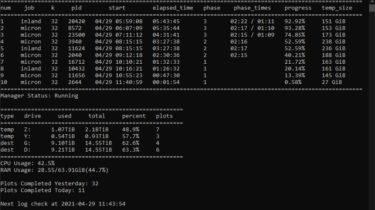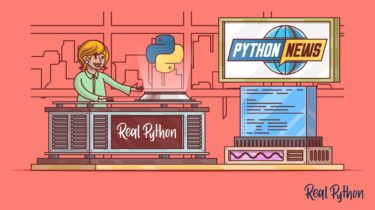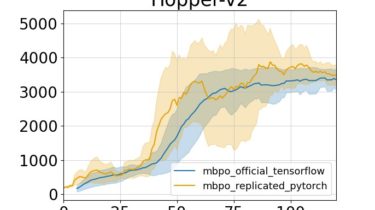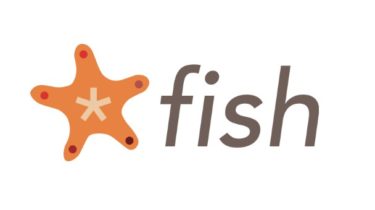A reading-focused foreign language learning aid orientated towards young children
Langy Langy is a reading-focused foreign language learning aid orientated towards young children. Reading is an activity that every child knows. It is a necessary skill that is learned at school and at home, not only building on a child’s linguistic capability, but also their cognitive and social skills. Langy aims to enable children to learn vocabulary in a new language in a manner that feels familiar to them. The platform allows users to read a variety of children’s books, […]
Read more
